An international team of snow experts from Japan, France, Switzerland, Italy, and Finland participates in the SnowAPP field campaign at the FMI Arctic Space Centre in Sodankylä from mid-March until mid-April 2019. The unique set of utilized equipment and the obtained field observations enable to better understand the interaction of electromagnetic radiation with snow, and to develop improved snow monitoring techniques using satellite data.
Why carry out snow measurements? Global warming is changing the Earth’s snow budget, with large impacts on ecosystems, fresh water availability, climate system and human activities both in seasonally snow covered areas and snow-free regions. Thus, snow monitoring is more and more crucial for freshwater management, adaptation to new climate conditions, and risk assessments (such as avalanches, floods, and land instability consequent to the thaw of permafrost).
In-situ snow observations are sparse; vast snow-covered areas are hardly accessible. Therefore, snow monitoring mostly relies on satellite based snow observations. However, satellite based snow observations have large errors and spatial-temporal gaps, also related to the operational limitations of single satellite sensors.
The goal of the SnowAPP campaign is to measure in detail snow properties and the electromagnetic signals reflected and emitted by snow from visible/infrared wavelengths down to microwave wavelengths. Ground-based continuously measuring spectro-albedometers, microwave radiometers, and radars are deployed on a flat, open, snow covered wetland area, where simultaneous manual measurements of snow micro- and macro-properties are performed.
The unique set of observations collected during the SnowAPP campaign will be used to develop a new model describing the interaction of electromagnetic radiation with snow, which will then enable an improved retrieval of snow properties from the combination of optical and microwave satellite observations. Furthermore, the model will be used to improve the simulation of snow surface albedo in numerical weather prediction and climate models, which will lead to an improved simulation of weather and climate.
The team includes professor Teruo Aoki from the Arctic Environment Research Center (AERC) of the Japanese National Institute of Polar Research (NIPR), senior scientist Masashi Niwano from the Meteorological Research Institute (MRI) of the Japanese Meteorological Agency (JMA), professor Ghislain Picard and master student Ines Ollivier from the Institute of Environmental Geosciences (IGE) of the University of Grenoble, France, PhD student Amy Mcfarlane from the WSL Institute for Snow and Avalanche Research (SLF), Switzerland, research fellow Marco Pasian and PhD student Pedro Fidel Espin Lopez from the Microwave Laboratory at the University of Pavia, Italy, professor Ziti Jiao and PhD student Jing Guo from Beijing Normal University (BNU), China, research manager Jouni Peltoniemi from the Finnish Geospatial Research Institute (FGI), as well as several colleagues from the Finnish Meteorological Institute (FMI) from Helsinki and Sodankylä.
The campaign is funded by the Academy of Finland project SnowAPP (“Modelling of the Snow microphysical-radiative interaction and its APPlications”) and by the H2020 EU project INTAROS (“Integrated Arctic Observation System”). Senior scientist Roberta Pirazzini is the principal investigator of the SnowAPP field campaign and of the FMI contribution to the INTAROS project, while senior scientist Petri Räisänen is the principal investigator of the SnowAPP project.
More information:
Roberta Pirazzini: Roberta.Pirazzini@fmi.fi
Juha Lemmetyinen: Juha.Lemmetyinen@fmi.fi
Anna Kontu: Anna.Kontu@fmi.fi

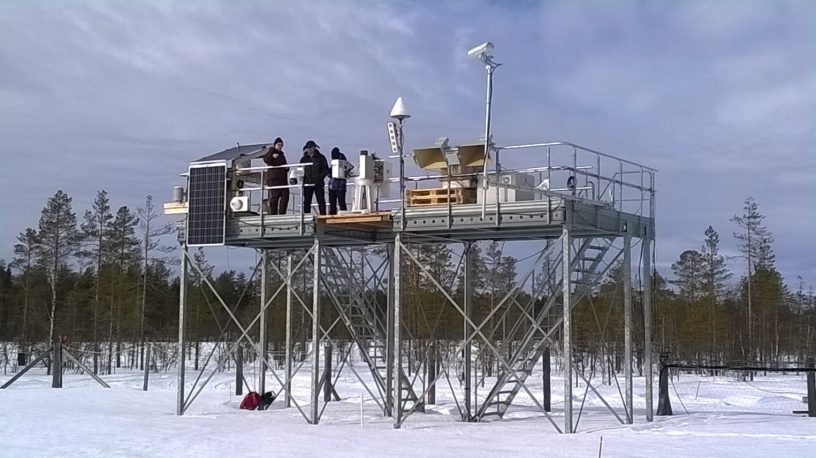
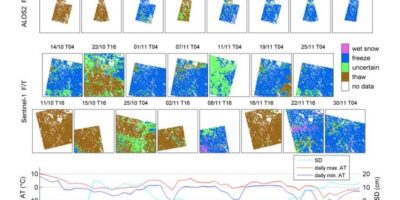
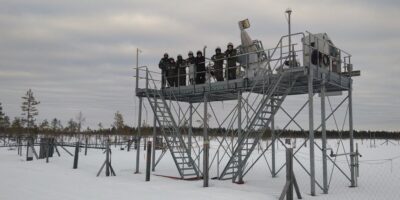

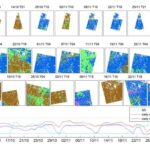
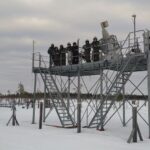

Leave a Reply
You must be logged in to post a comment.